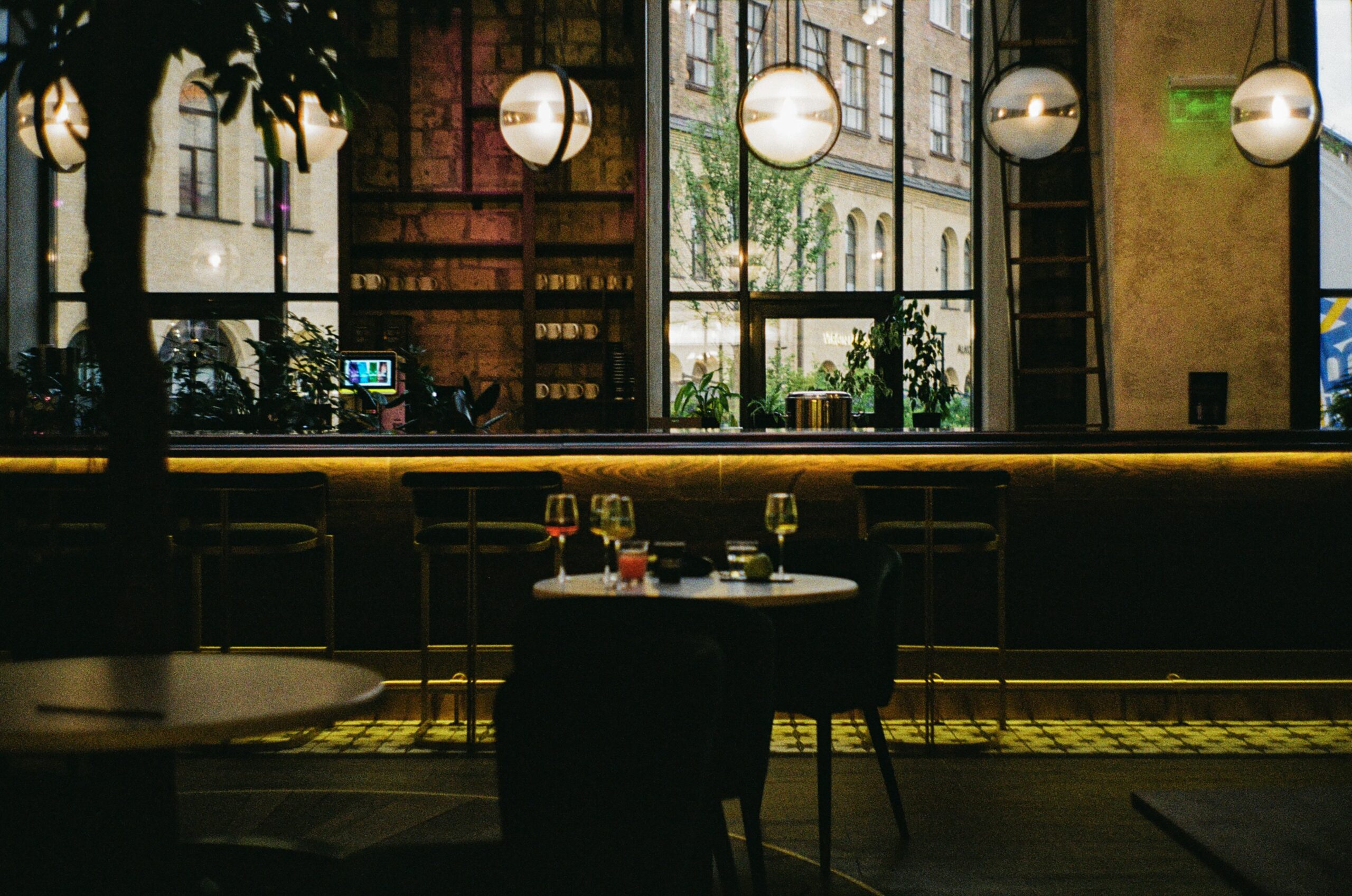Private membership, open charm
From Kuala Lumpur to Colombo, the rise of the private members’ club in Asia has slowly evolved through a kind of colonial period, and morphed into one that is far more comfortable with its residents – wherever they are and whatever they look like.
To join a club of any sort, with a purpose other than making use of sporting, gourmet or partying facilities, the prospective member usually must feel some sense of common ethos or belonging with those who are already there. Eliminate that part of the equation and we can question what the point is.
Space and peace
In places like Singapore and Hong Kong, people generally endure life in walled existences, in high-rise flats with limited outdoor space.
The need for a communal yet private green space or even a verandah or terrace that would allow relaxation yet exclusivity, can often be at the heart of what drives the desire to join such clubs.
And on the social side, forgetting their own living room, or for those lucky enough a regular or local bar or hangout, the club bar or anterooms provide the next best thing without the need to invest in anything but a membership fee and a monthly subscription.
In a club the idea is there is always someone to converse with or play games with, and if a member is not in a communicative mood, quiet reflection also has its place.
Most club committees would tolerate curmudgeons who like to stare off into the distance while half heartedly reading a paper and sipping a scotch – to each their own, and to each their own space.
History and prestige
From the 19th century onwards, club premises found in more rustic and picturesque locations in Malaya, Burma, India and elsewhere were generally rudimentary places – as most period memoirs or moderately honest novels attest – with mediocre food and basic, functional furniture and decorations.
Major commercial cities such as Shanghai, Singapore, Calcutta and Hong Kong were different; each had their premier clubs, where the food and drink was at least equal to – if not actually better than – what was available in their London equivalents. The colonials wanted for absolutely nothing in the recreation department while they were sweating it out far from home.
Clubhouses in modern residential complexes serve the same purpose; top rate sporting, dining and recreational facilities, and the company of others with similar lifestyles, aspirations and world views, add to the appeal – and the price tag.
Beyond life’s treadmill
In Hong Kong, from Sha Tin to Repulse Bay, thematic variations occur; for many, an apartment complex clubhouse signifies middle-class arrival.
When the shoebox-sized flats perched above the horizon don’t have enough space for a card table – much less a card room – then a “clubhouse” is an obvious attraction, especially for younger people, argues the South China Morning Post.
Likewise for dining rooms, barbecue areas and other facilities – all these amenities are pooled together with their occasional usage tightly rostered with total strangers. The luxurious world justifies the often prestige prices of the experience.
Our take
As the British – and other – empires spread, so too did gentleman’s clubs – to India, Hong Kong, and Australia. Eventually, women were allowed to follow suit and form their own clubs. Henceforth, these exclusive clubs came to be known as ‘private member’s’ clubs.
For the following hundred years or so, clubs remained the purview of the elite as discreet, no-questions-asked venues for socialising, pursuing leisure interests, exchanging gossip, and wining and dining.
As the elite aged and the ‘gentleman’ was replaced by the ‘businessman’, many private member’s clubs became relics of a distant age and struggled to remain relevant.
However in the last few decades the private members club industry has transformed – taking leads from western incarnations, Asian clubs have created their own image. The service is both modern yet traditional, and the experience one of old world grandeur mixed with contemporary comforts.
The private member’s club in Asia is on the continuous rise, and it’s always playing by its own, debonair, rules.
